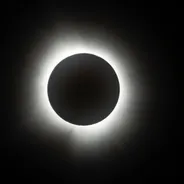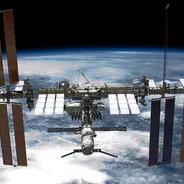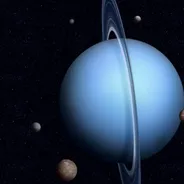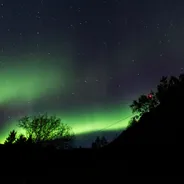On Tuesday, the Perseid meteor shower will light up the night sky, in a display that NASA describes as "the best meteor shower of the year".
Here's all the information you need to guarantee you don't miss out on this incredible celestial display.
The Perseid meteors are an annual event caused by debris left behind by the comet Swift-Tuttle. In optimum conditions (a clear and moonless dark sky), observers can enjoy a shower of up to 100 meteors an hour.

The Swift-Tuttle comet begins its journey past our planet on July 17, and will be gone by August 26. However, on Tuesday, August 12, the Perseid meteor shower will peak in the pre-dawn hours.
NASA states that the Perseids will be most visible between about 2:00AM your local time and dawn.
This year's shower will be impeded by the unfortunate circumstance of the Moon in its last quarter phase, resulting in a reduction in visibility. But NASA says that Earth-dwellers will still be able to enjoy 15-20 stunning meteors per hour (roughly one every two minutes at its peak).
And the space agency describes the Perseid meteors as "nature's fireworks", and recommends that you check out these stunning fireballs.
The frequency of meteors combined with the warmer temperatures means this is one of the most enjoyable meteor showers of the year.
And don't worry if you've got kids who simply cannot miss out on their sleep, because some Perseids will still be visible at 9:00PM your local time.
The meteors get their name from the fact that this particular shower occurs in radiant of the Perseus constellation.
Top Tips For Viewing
If it is cloudy that night, NASA recommends observing the shower from a location away from any bright lights.
You don't need any special equipment to view the shower (in fact, binocular and telescopes will hurt your experience as a result of their small field of view), all you have to do is lay on your back and look up into the night's sky.

NASA also recommends that Earthlings let their eyes become adjusted to the dark to allow for more meteors to become visible - this will take roughly 30 minutes.
In addition, keep off of your phone or any devices with bright screens - as these will "negatively affect your night vision and hence reduce the number of meteors you see!"
Most importantly, enjoy the show!












